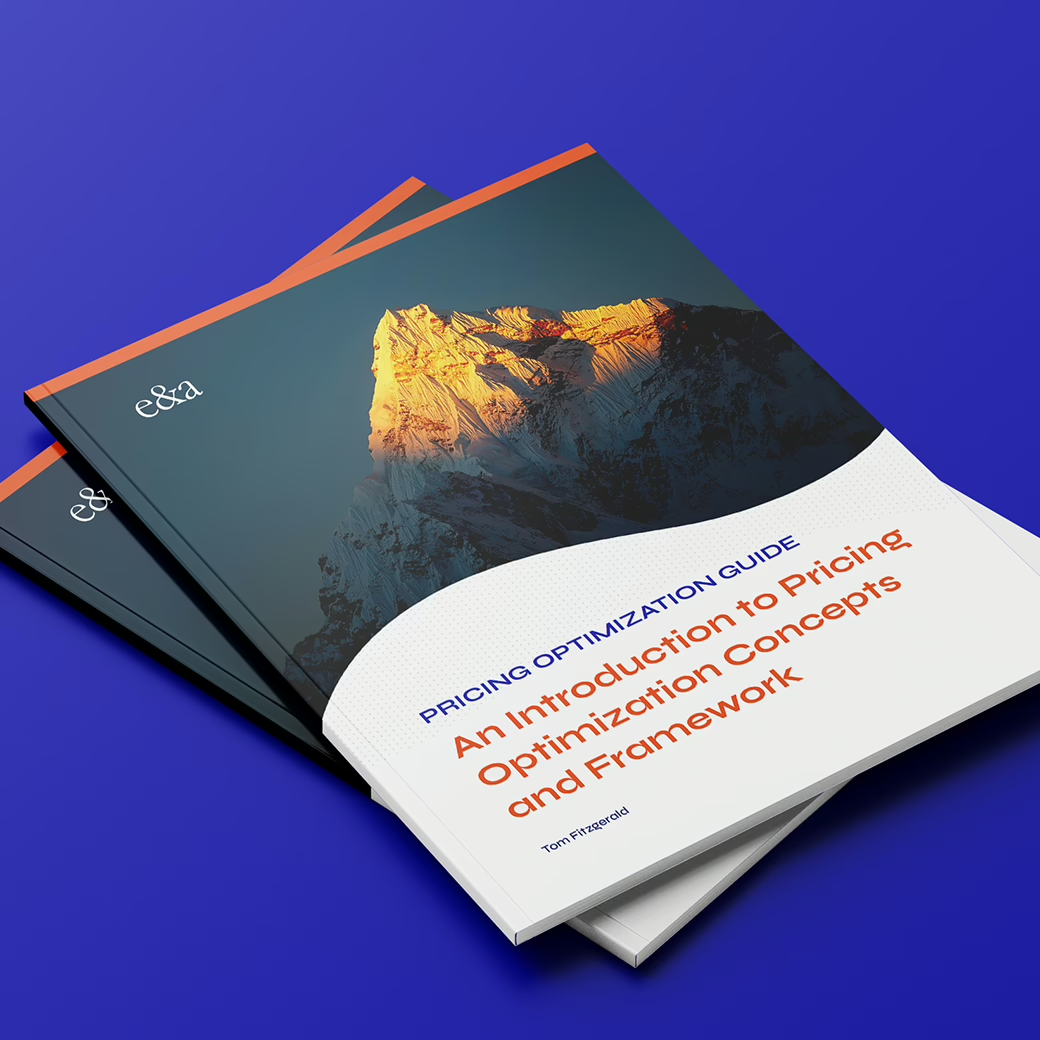
In a world where market dynamics shift by the minute and customers expect more tailored experiences, companies can no longer afford to treat pricing as a static exercise. The era of guesswork, gut-feel, and “set-it-and-forget-it” pricing strategies is giving way to something far more powerful and precise: pricing optimization.
While once considered the domain of only the most advanced enterprises, pricing optimization has become an essential growth lever for midmarket manufacturers and distributors alike. What was once a theoretical discipline now offers real-world, practical advantages—if applied with structure and intention. This approach isn’t about charging more. It’s about charging smart.
In this article, we’ll explore what dynamic pricing optimization actually means, why it matters, and how it’s reshaping the way forward-looking businesses drive profitability, loyalty, and strategic advantage.
The Evolution of Pricing Strategy
The rise of pricing optimization began in earnest in the early 2000s, spurred by advancements in data systems and a growing recognition that pricing could no longer be a blunt instrument. Early adopters—often large, tech-forward companies—began to experiment with pricing strategies informed by analytics, competitor benchmarks, and customer behavior. The results were compelling: increased margin performance, improved customer retention, and stronger market positioning.
Soon, mid-sized companies started to take notice. As ERP systems became more sophisticated and consulting firms offered specialized services in pricing strategy, what was once considered a niche or “nice to have” capability became a core business imperative.
Today, pricing optimization is no longer about achieving better numbers on a spreadsheet. It’s about creating a disciplined, repeatable process that allows your business to make confident pricing decisions aligned with growth goals and market realities.
Dynamic Pricing Optimization: A Definition That Matters
At its core, dynamic pricing optimization–or just “pricing optimization” as “dynamic” is implied–is the practice of analyzing internal data and external market intelligence to determine the best price for a product or service—one that maximizes margin, satisfies customer expectations, and supports long-term growth.
But the real magic of pricing optimization lies in its dynamic nature. It doesn’t assume that all customers are the same or that a single price can serve every situation. Instead, it embraces nuance: different geographies, different customer types, different product segments and varying cost to serve levels —all with different pricing implications.
This adaptability is what separates pricing optimization from traditional pricing models. It requires leaders to think systemically, integrating pricing strategy into the broader business strategy and embedding pricing decisions into daily operations rather than treating them as one-off tasks.
Why It’s More Than Just Profitability
Although improved profitability is often the most visible and immediate outcome of pricing optimization, the benefits extend far beyond margin growth. Organizations that embrace pricing optimization also see advantages in three other critical areas:
- Market Share Expansion
By studying both competitive pricing and customers’ willingness to pay, businesses can identify opportunities to price more strategically—either to gain new ground or defend against encroaching competitors. Optimization enables companies to fine-tune pricing by segment, ensuring they remain aligned with market demand without racing to the bottom. - Customer Loyalty and Repeat Business
Not all customers value the same things. Pricing optimization allows for segmentation that reflects how different types of buyers interact with your offerings. Personalized pricing strategies can increase customer satisfaction and deepen loyalty, leading to more frequent and longer-term relationships. - Successful Product Launches
Introducing a new product can be risky, especially without a pricing strategy to match. Optimization helps tailor pricing to attract early adopters—customers who can generate momentum, validate the offering, and accelerate broader adoption.
Strategic Questions That Shape the Journey
Before diving headlong into a pricing optimization initiative, it’s essential to explore the broader strategic context. Some of the most important questions include:
- Can pricing optimization be practically applied to our business model?
- What variables should influence our pricing decisions?
- How should customer stratification affect our pricing tiers?
- Should pricing be standardized across all locations, product types, and customer segments?
- Can our current information systems support a more dynamic, data-driven pricing process?
These aren’t questions with quick answers. They require thoughtful exploration—and, often, a cultural shift in how pricing is perceived within the organization. Moving toward optimization requires that pricing become more than a financial function; it must become a strategic lever owned across departments, from operations to sales to finance.
A Shift in Mindset, A Shift in Results
Many companies underestimate just how transformative a well-executed pricing optimization strategy can be. When done right, it doesn’t simply increase margins—it improves the quality of pricing decisions across the organization. It ensures that the pricing team is no longer operating in isolation, but working hand-in-hand with sales and marketing to ensure consistency, transparency, and strategic alignment.
Pricing optimization is also about building resilience. Markets will fluctuate, competitors will adjust, and customer needs will evolve. A rigid pricing model can quickly become outdated. But an optimized pricing strategy—rooted in data, guided by process, and adaptable by design—can weather those changes while still delivering strong financial performance.
Final Thoughts: Pricing as a Strategic Asset
For too long, pricing has been treated as a back-office exercise or an afterthought to product development and sales. But in reality, it may be the most underleveraged lever for driving business success.
The companies that will lead in the next decade aren’t just the ones who build great products—they’re the ones who price them with precision and purpose. Pricing optimization offers a way to unify strategy and execution, to move from reactive decisions to proactive design, and to use data not just for insight, but for action.
If your organization is ready to take pricing seriously—as both an art and a science—then pricing optimization isn’t just a tool. It’s your next competitive advantage.








